Did you know that children should brush their teeth for 2 minutes twice daily? But, let’s be honest, getting your little one to pick up their toothpaste and stand for 2 minutes in the bathroom can be challenging…
However, looking after your teeth is an essential life skill for children. If they don’t learn how to care for their teeth, it can lead to issues like cavities.
So, it’s important to research the signs of cavities in children. That way, you can book an appointment at the Lexington children’s dentist as soon as possible and get your child the treatment they need.
Keep reading to find out all about cavities in children.
Why Children Get Cavities
Dentistry for children is complex as young kids are more likely to eat more sugar and drink sugary drinks.
A diet containing a lot of sugar will always lead to more dental issues if there isn’t a strict and frequent oral hygiene routine. The bacteria that causes cavities loves sugar and thrives in places where there are high volumes.
Another reason that children can get cavities and have to visit Lexington pediatric dentistry is they don’t brush their teeth correctly. That’s why electric toothbrushes and flossing are essential to teach your child.
If your children know how to brush their teeth correctly, they can still enjoy the occasional ice cream or chocolate without feeling guilty about their teeth. Plus, you can rest easy knowing they look after their teeth and gums.
Signs of Cavities in Children
The most apparent sign of cavities in children is discoloration of their teeth. If you spot white spots on their teeth, it is an early indication that they might have a cavity.
If the cavity is left untreated, it will develop into a dark brown or black color and leave a hole in the tooth. Therefore, a regular dental checkup is the best way to clear up any doubt if you see any colored spots on your child’s teeth.
Apart from discoloration, another sign is sensitivity. For example, if your child drinks a cold glass of water and experiences pain, it might be due to an underlying cavity.
This sensitivity can also be present with hot drinks like hot chocolate or tea.
Other signs of cavities include the following:
- Pain when chewing
- Sharp pain and discomfort all the time
- Swelling on gums
- Swelling around the face
If you don’t seek treatment for cavities in children, they could end up with tooth loss or complex surgery to fix the problem. So, even though a dentist visit can be inconvenient, it’s worth it.
How To Get a Diagnosis of Cavities in Children
Getting an early diagnosis for any medical condition always helps improve your chances of treating and curing the disease. Cavities in children it’s no different.
All you need to do is book an initial appointment at a dentist like the children’s dentist in Lexington and let the dentist look at the potential cavity.
The first stage is an oral examination. This straightforward, easy process involves a tiny mirror and the dentist looking inside your mouth.
Your little one shouldn’t be worried about this part; it’s over and done within minutes. After the oral examination, the dentist will most likely take an x-ray to double-check the stage of the cavity.
There are two versions of x-rays for cavities: periapical x-rays and panoramic x-rays. Periapical x-rays examine the whole tooth from the crown to the root.
Whereas panoramic x-rays are used for examining the entire mouth. Depending on the tooth and the infected area, your dentist will determine which x-ray is the most appropriate.
Then, you’ll be told what the correct treatment is.
Treatment Options for Cavities
The dentist will apply a fluoride varnish or gel if the tooth is beginning to develop a cavity. This substance can restore the tooth and save it from needing further treatment.
However, other treatments will be necessary if the cavity is already there. For instance, tooth fillings, pulpotomy, root canal treatment, dental crowns, or tooth extraction.
Again, the type of treatment will vary from person to person. But, you can do a few other things to protect your child from getting a filling or tooth extracted.
Tips for Good Oral Hygiene in Kids
Besides establishing a good tooth brushing routine, as a parent, you can encourage your child to eat less sugar and drink more water.
Although every child loves eating sweets, you can still let them enjoy sweet snacks without the added sugar.
A great tip for parents is swapping the candy bag for a nice juicy apple. Or, try baking homemade goods at home so you can control the amount of sugar in every treat.
Plus, baking together is a great way to bond as a family!
Another way to encourage good oral hygiene in your child is to get them used to visiting the dentist from an early age.
The sooner they get comfortable with the visit, the more likely they will attend future appointments. You can even pair the dentist visit with a trip to the cinema or shopping.
That way, your child will look forward to going to the dentist instead of dreading it.
There are many ways you can limit anxiety around the dentist, such as setting a good example and finding a friendly practice that prioritizes the needs of children.
The good news is that we can help you.
Keep Your Child Smiling With Regular Checkups
Our Lexington pediatric dentist was created to give children a friendly and warm space to get their teeth checked. We believe that going to the dentist should be fun, not scary.
Learning about the signs of cavities in children is the first step toward teaching them a good oral hygiene routine. You can also buy them a colorful new toothbrush or take them shopping after a dental appointment.
The small things matter most. And, no child should have to get severe treatment if they brush their teeth daily and watch their sugar intake.
But, you don’t need to worry if they do need treatment.
Our team is ready to take care of your family with expert care. Get in contact to book an appointment here.


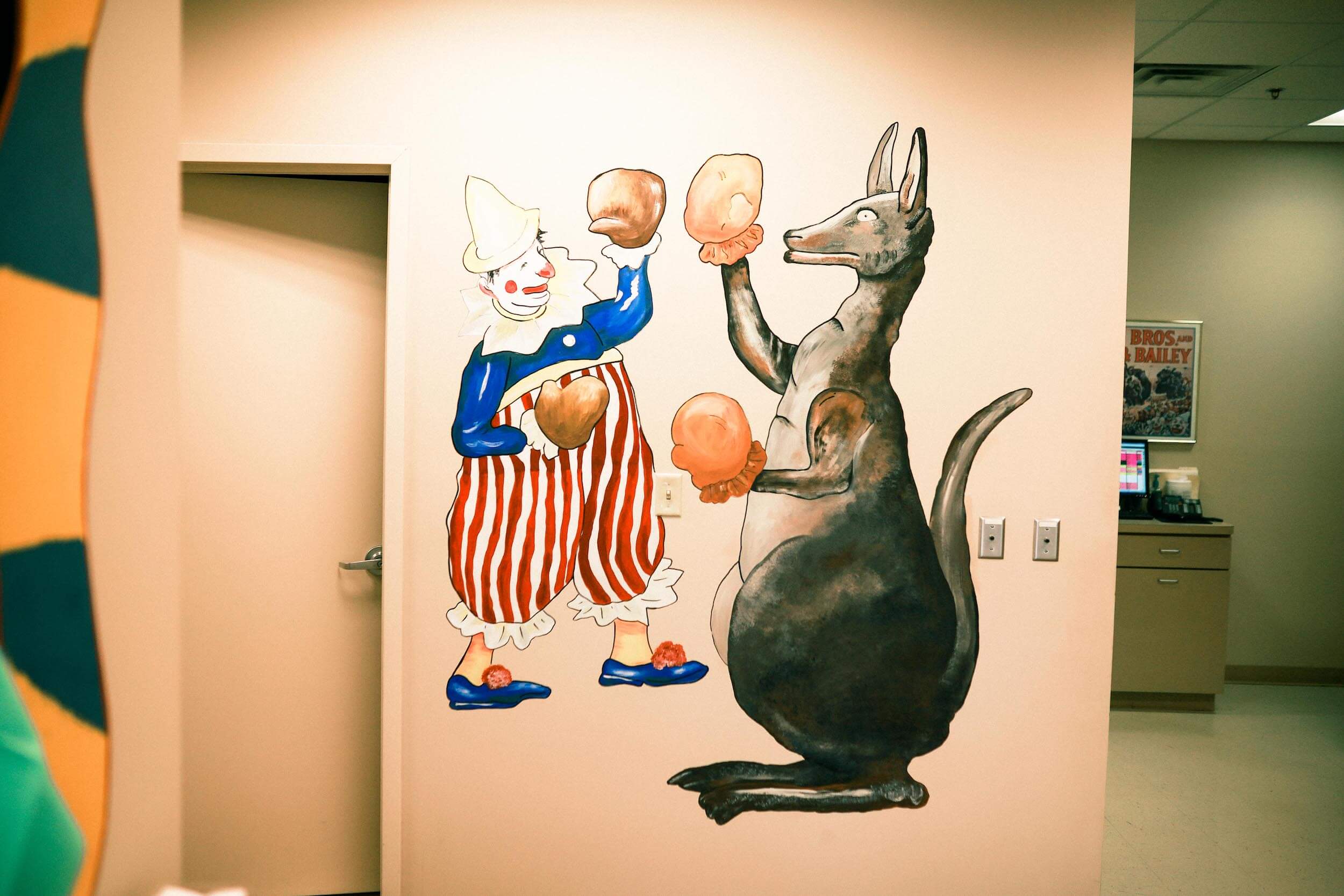



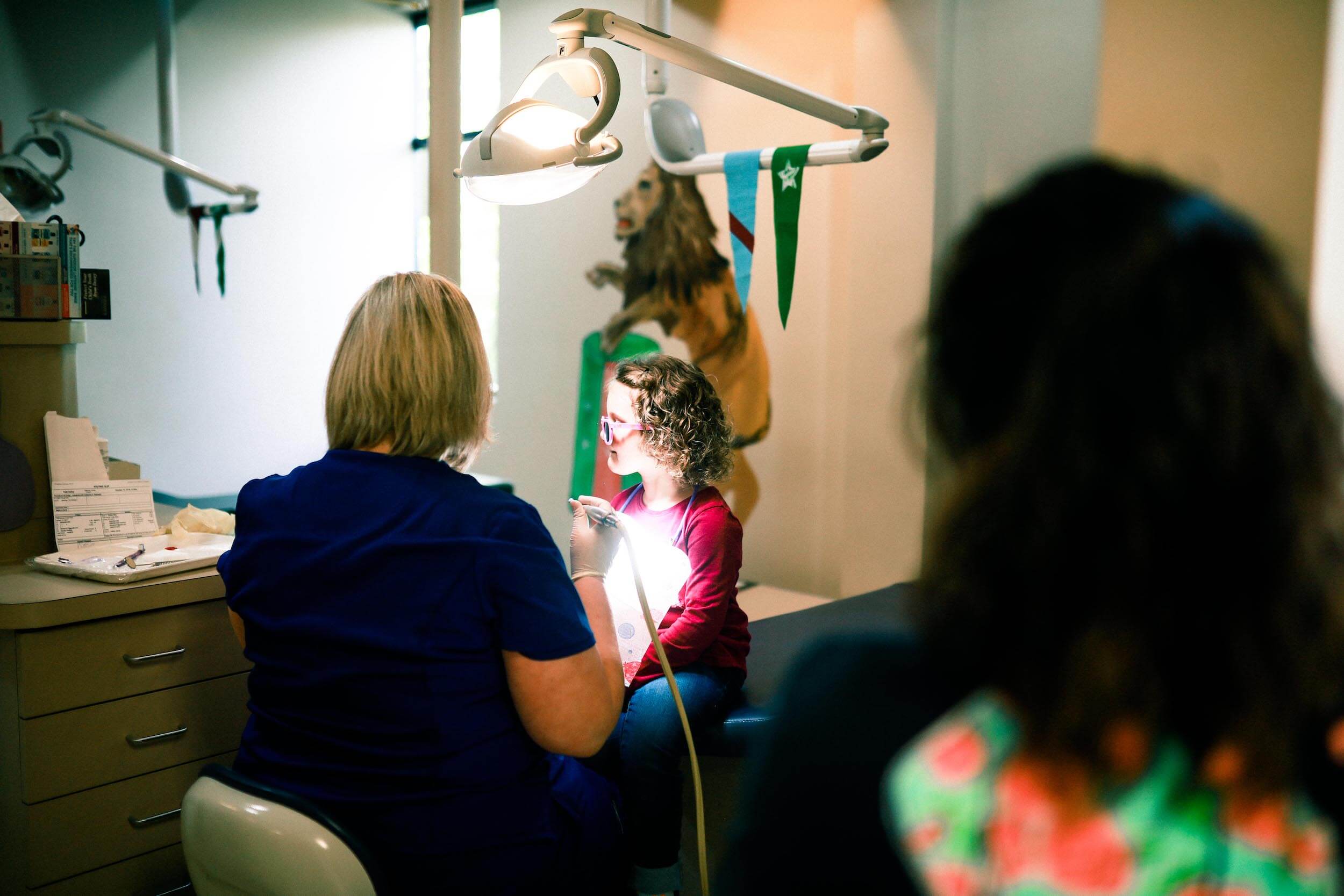
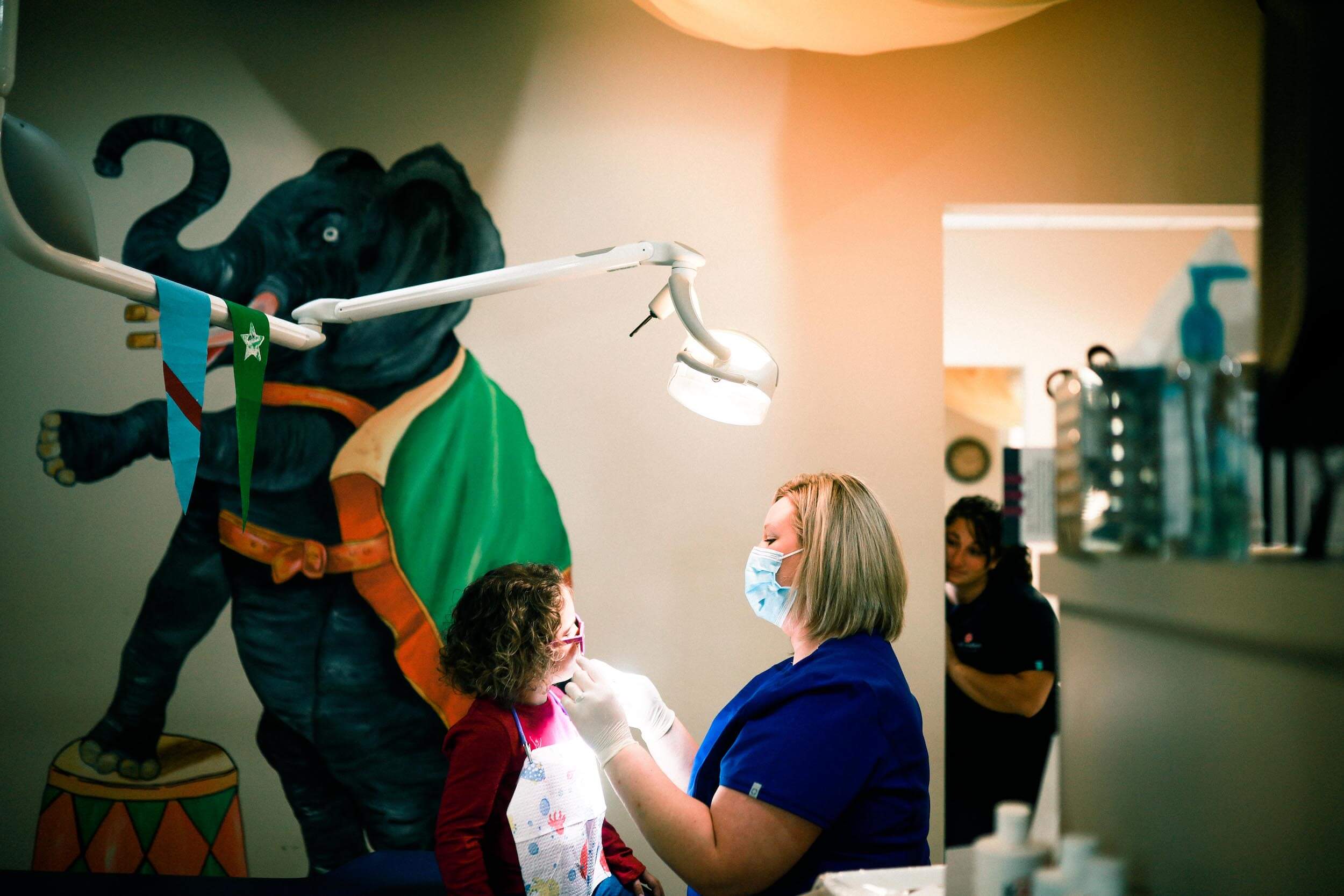

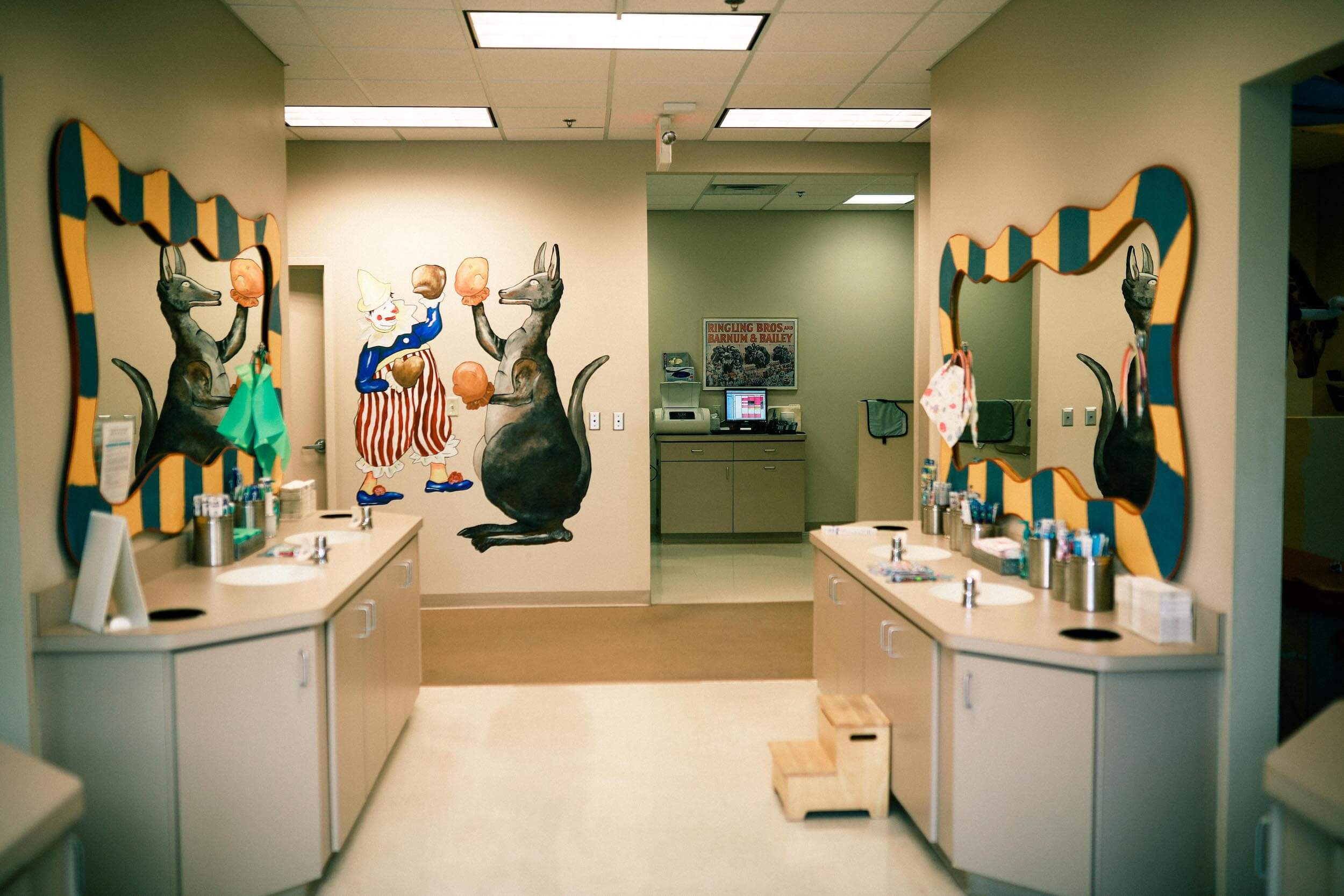
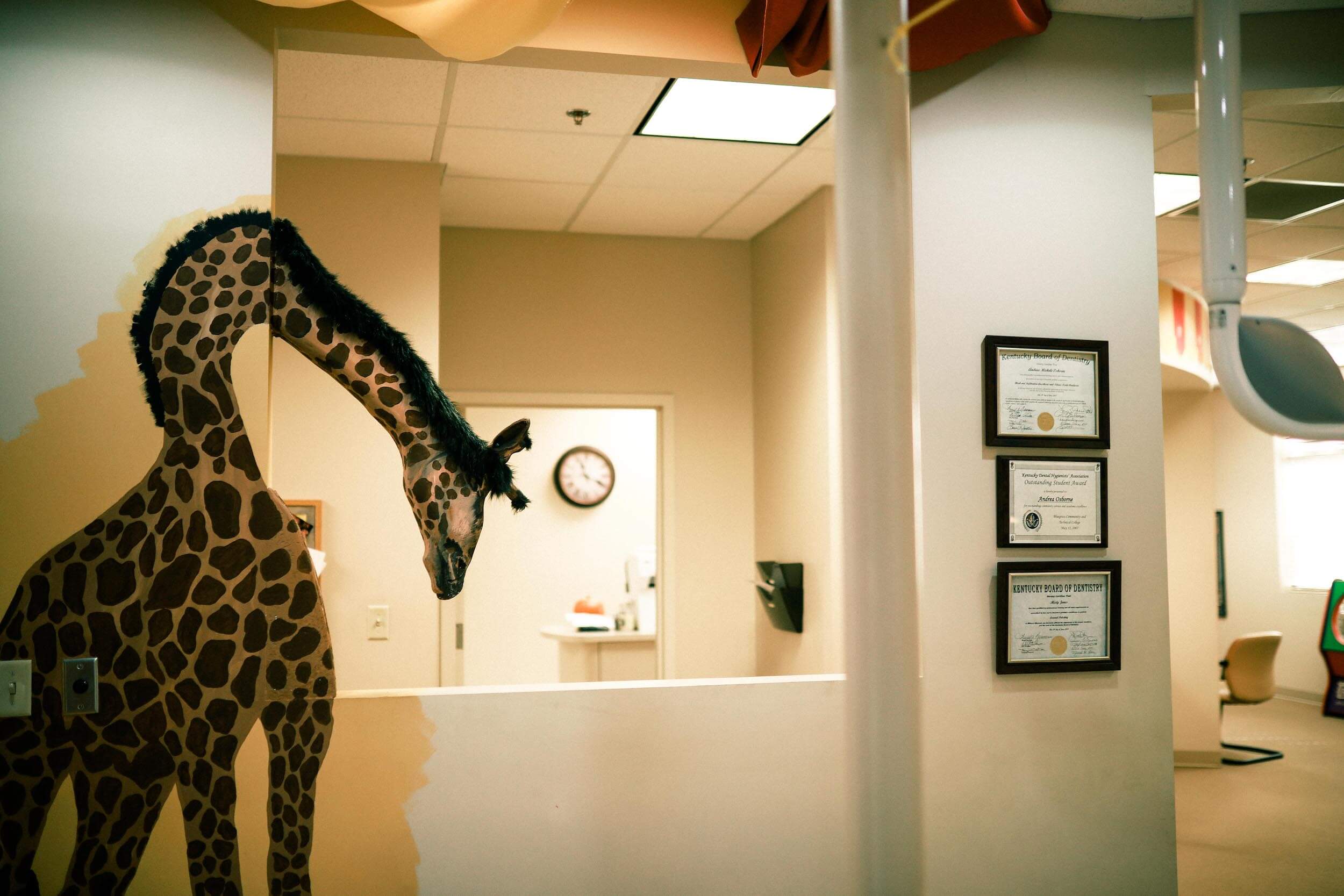




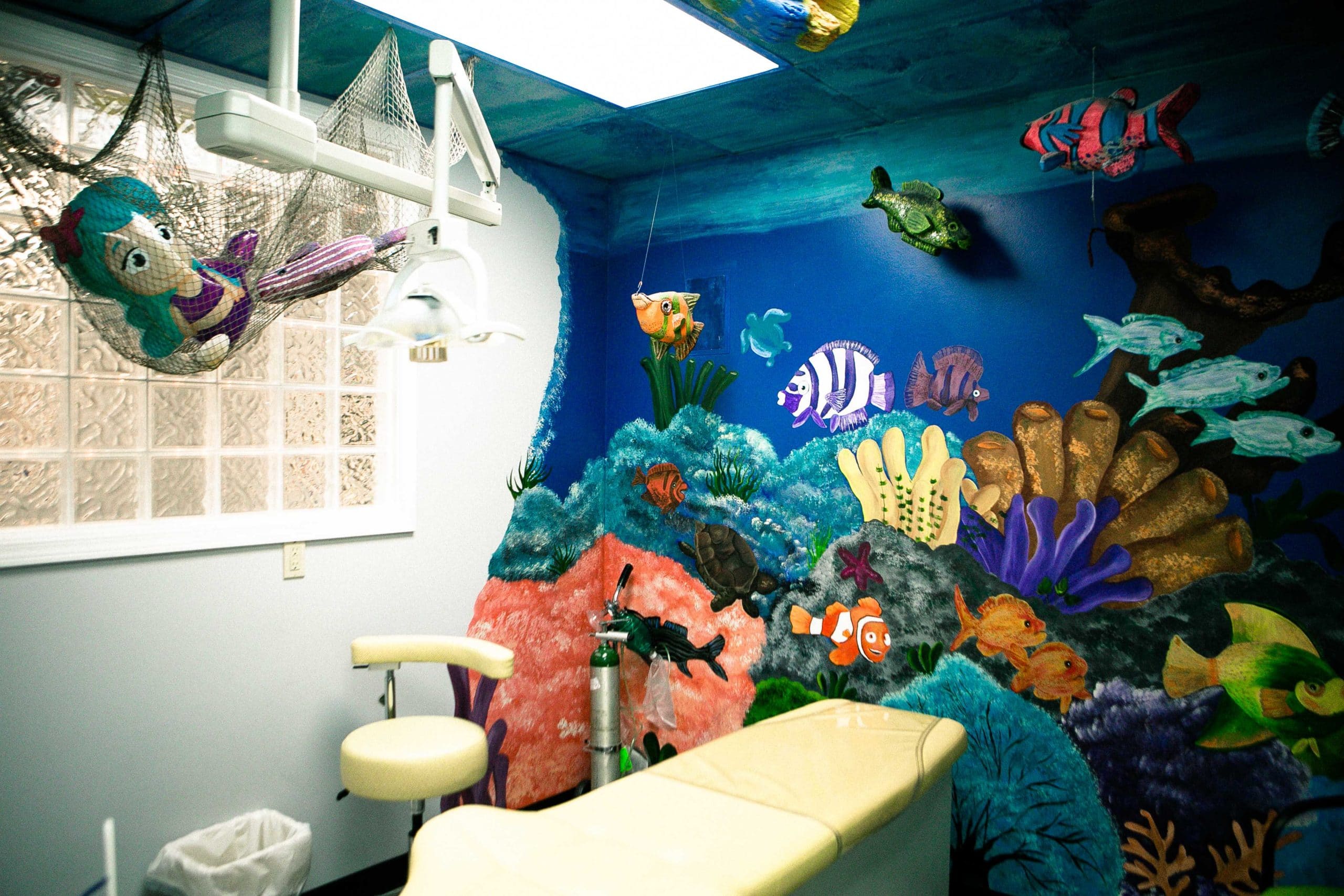


Recent Comments